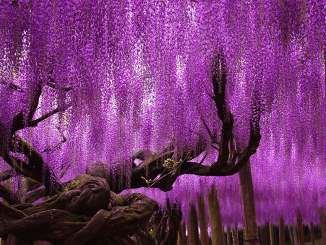Transforming Spaces: The Art of Drywall Archway Creation
Drywall archways have long been a popular architectural feature in homes, offices, and other interior spaces. These elegant, curved structures offer a visual break from traditional straight-edged walls, giving a room a sense of openness and flow. The art of creating drywall archways is both a technical skill and a design craft, transforming otherwise simple spaces into works of architectural beauty.

The History and Evolution of Archways
The concept of archways dates back thousands of years, with the ancient Romans, Greeks, and Egyptians famously utilizing arches in their monumental structures. While early arches were made from stone or brick, modern drywall archways evolved in the 20th century as drywall itself became a more accessible material in construction. Drywall, or gypsum board, offered a lightweight, cost-effective alternative to traditional plaster, and it wasn’t long before builders and designers began to experiment with curvatures and arches.
Drywall archways, also known as drywall curves or curved openings, provide a sleek, minimalist alternative to wood or stone archways. Their flexibility in design makes them ideal for both contemporary and traditional interiors. They can create dramatic entrances, separate different areas in open-plan homes, or simply add a subtle, elegant touch to a space.

The Process of Creating a Drywall Archway
The process of building a drywall archway requires a combination of carpentry, drywall installation, and finishing skills. While it may seem like a simple procedure, creating a seamless, well-constructed arch involves several important steps.
- Planning and Measurement: Before any cutting or construction begins, it’s essential to plan the archway’s size, placement, and curvature. The opening size must be measured to ensure that the arch fits the intended space properly. Builders often use templates or pre-made arch kits to guide the process, although custom designs are possible.
- Framing the Arch: The archway starts with framing the curve. This typically involves using flexible wooden lath or metal studs that can be shaped to create the desired curvature. Builders measure and cut these materials to form the skeleton of the arch, ensuring that the structure is stable and secure. The frame serves as the support for the drywall that will be applied later.
- Drywall Installation: Once the frame is in place, drywall sheets are cut to fit the curvature of the arch. This is often one of the most challenging steps, as drywall must be scored and bent without cracking. In many cases, drywall sheets are soaked in water or heated slightly to make them more pliable before being attached to the frame.
- Finishing and Seamless Touches: The final step is to finish the drywall, covering seams with joint compound and sanding it smooth. This process ensures that the arch has a clean, polished appearance. Skilled drywallers will take special care around the arch’s curves, ensuring that no visible seams or imperfections remain.

The Benefits of Drywall Archways
One of the primary advantages of drywall archways is their ability to soften the lines of a room. Unlike rigid, boxy doorways, the curved lines of an arch create a feeling of flow and continuity. Archways can also be designed to suit various aesthetics, from the simple elegance of a modern home to the intricate detailing of a classical-style room.
Additionally, drywall archways are versatile and can be installed in a wide variety of settings, from residential spaces to commercial buildings. They not only serve a functional purpose—such as connecting rooms or hallways—but also enhance the visual appeal of the space, making them an investment in both design and utility.
Conclusion
Drywall archway creation is a perfect blend of craftsmanship, technique, and design. Whether used to create grand entrances or subtle transitions between rooms, these features add character and sophistication to any space. The process itself requires patience and skill, but the result is a stunning transformation that can elevate the feel of an entire home or office. In the hands of a talented artisan, drywall archways are not just structural elements—they are expressions of architectural beauty. Watch the full video here: https://bit.ly/3CgBwyd



